Ancient Hangovers Hit Different
Turns out, our ancestors didn’t just survive—they knew how to throw down. The wine wasn’t poured for fun; it was sacred. Dancing? Sometimes, it meant pleasing the gods. Across deserts, jungles, mountains, and shorelines, they gathered with spirit and spectacle. If you think modern life invented the rager… well, history’s about to humble you.
 Unknown artistUnknown artist on Wikimedia
Unknown artistUnknown artist on Wikimedia
1. Sumer
Picture clay cups filled with thick brew and everyone sipping through straws. Ancient Sumerians knew how to toast in honor of Ninkasi, the goddess of beer. Music, laughter, and shared cups turned simple nights into spirited celebrations rooted in connection and community joy.
2. Egyptian
Scented wax cones weren’t just accessories—they melted slowly to perfume the air. In Egypt, music played, drinks flowed, and families gathered under open skies. Every gathering became a reminder that life was fleeting and meant to be shared.
3. Greek
Greek symposiums were more than drinking parties. Guests relaxed while discussing politics and poetry over diluted wine as servants poured endlessly. These gatherings united intellect and togetherness, where emotions and friendships intertwined through passionate laughter and deep late-night conversations.
4. Roman
In Rome, a dinner party could turn into full-blown theater. Reclining nobles traded juicy gossip over game meat, musicians played in the background, and dancers took the floor. Even power mingled with drama, making every evening a display of status and flair.
5. Maya
Aligned with the stars, festivals marked significant moments in the Maya's cosmic cycle. Rituals filled with music and shared meals honored the gods and reinforced the balance between people and the universe. Through these sacred gatherings, a deep spiritual bond with the world was strengthened.
 Juan Pablo Ramírez on Wikimedia
Juan Pablo Ramírez on Wikimedia
6. Khmer
The Khmer Empire didn’t do boring. Their parties shimmered with dance and devotion, where temple steps doubled as center stage. People gathered to honor the gods but stayed for the kind of beauty that made you stare a little too long.
7. Chinese
Streets lit up with fireworks and red lanterns as the Spring Festival, or Chinese New Year, arrived. People cleaned their homes to drive away bad luck. Then, families came together over traditional dishes and welcomed the new year with hope and a renewed sense of energy.
8. Inca
Ceremonies filled with color and movement paid tribute to the sun god. In Cusco, Inca leaders joined villagers in a shared display of gratitude. The event also marked important shifts in the year and strengthened the bond between people and the natural world..
9. Mesopotamian
For 12 days, city life paused as the Babylonian New Year, Akitu unfolded. Priests led rituals that humbled kings and called for reflection. Processions and sacred acts signaled renewal, as people came together with the hope that their efforts could help restore balance and invite change.
10. Persian
In ancient Persia, the arrival of spring meant more than flowers. People jumped over flames to chase away bad luck, cleaned every corner of their homes, and welcomed one another with sweets and joy. That hopeful energy still lives on in today’s Nowruz.
11. Norse
Norse rituals blended devotion with untamed energy. Sacrifices paid tribute to the gods, mead was poured without end, and stories echoed through the gatherings. These lively and spiritual events linked warriors to their ancestors and reinforced the reasons behind their battles,
 Abbey of Saint-Aubin on Wikimedia
Abbey of Saint-Aubin on Wikimedia
12. Etruscan
Etruscans filled tomb walls with scenes of joy. While at banquets, men and women rested together as music played and dancers moved through the gathering. Feasts also became moments to honor love and life, where beauty and shared pleasure held deep meaning among respected members of the community.
13. Arabian
Forget quiet campfires—Arabian tribes brought the drama with poetic showdowns. Voices rose, emotions spilled, and every line mattered. It was more than a performance; it was a rite of pride. And when the verses hit right, you didn't just win—you became a legend.
 form arabic folklore on Wikimedia
form arabic folklore on Wikimedia
14. Azte
Aztec feasts weren’t quiet affairs. They filled the temple grounds with rhythm and spirit. Ritual dancers became lightning bolts in motion, while offerings and music brought gods close. No one stood on the sidelines—every pulse, every voice had a place in the celebration.
 Tovar, Juan de, circa 1546-circa 1626 on Wikimedia
Tovar, Juan de, circa 1546-circa 1626 on Wikimedia
15. Vedic
Ancient Vedic rituals utilized Soma, a sacred drink, to bridge the human and divine realms. Priests chanted beside crackling fires, calling forth the presence of the cosmos. It was said that moments of divine vision and power touched all who gathered with the aim of bringing forth deep spiritual experiences.
16. Zulu
With drums in a steady rhythm, Zulu villagers formed a circle of warmth, sharing stories and a communal sorghum brew. Elders often offered blessings while generations moved together in rhythm. Each gathering carried the weight of history and deepened the sense of belonging shared by all who took part.
17. Muisca
Imagine showing up to a lakeside gathering where your chief is literally glowing. The Muisca coated him in gold, set him afloat, and sent prayers into the water. Drums kept the rhythm going. That’s how you turn the ceremony into a spectacle.
18. Japanese
During Matsuri celebrations, entire towns gathered while villagers lifted shrines and dressed in traditional yukata. They honored spirits with food as the music drifted through the streets and lanterns lit the night. These festivals blended joy with spirituality, playing a lasting role in keeping local traditions alive and meaningful.
19. Celtic
Celtic Samhain was often celebrated with night bonfires filled with mystery and deep, ancient meaning. In fact, to protect themselves from wandering spirits, the Celts wore disguises and shared eerie ghost stories around the fire. They also left food offerings for the dead since they believed this was a sacred time.
20. Inuit
Step inside, grab a seat by the fire, and wait for the drum to start. Inuit celebrations unfolded in circles of song, of family, of time. If someone laughed mid-chant, even better. That meant the ancestors were listening.
KEEP ON READING
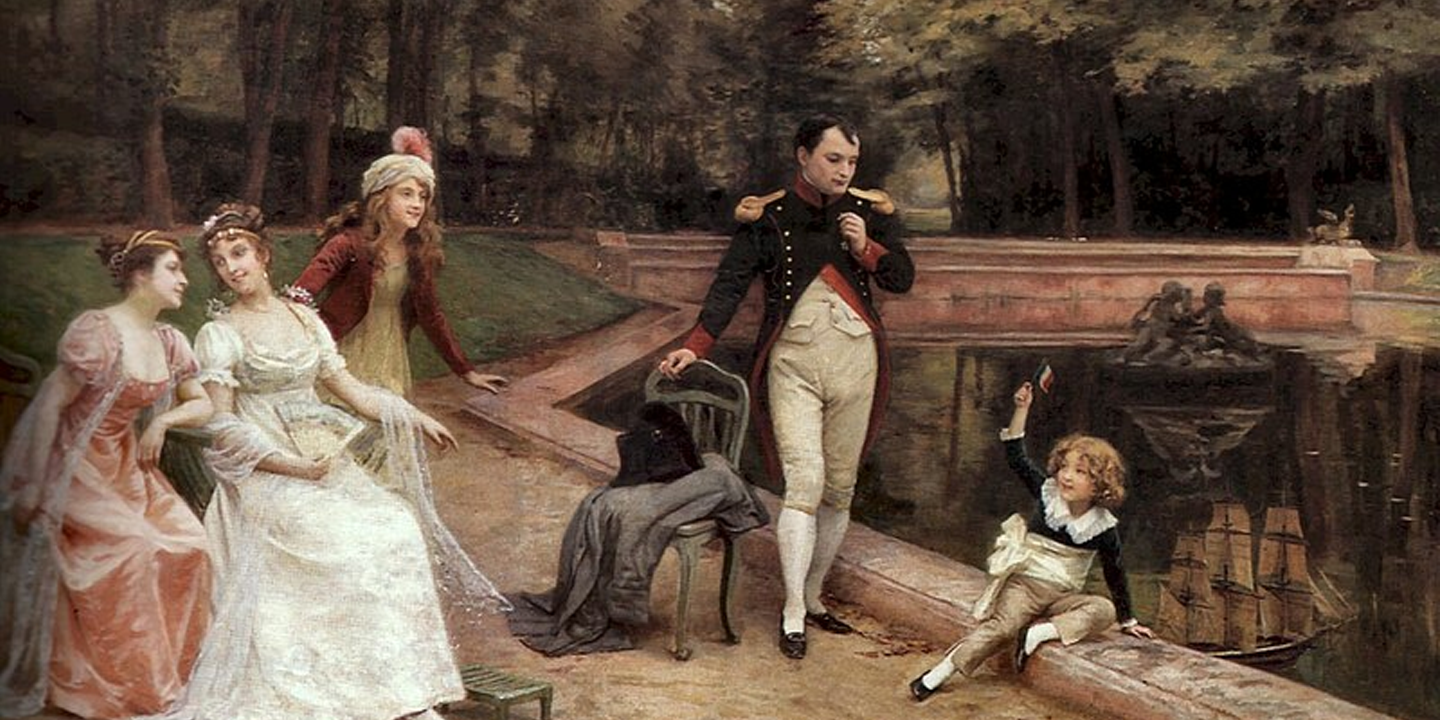
The 20 Most Recognized Historical Figures Of All Time
The Biggest Names In History. Although the Earth has been…
By Cathy Liu Oct 4, 2024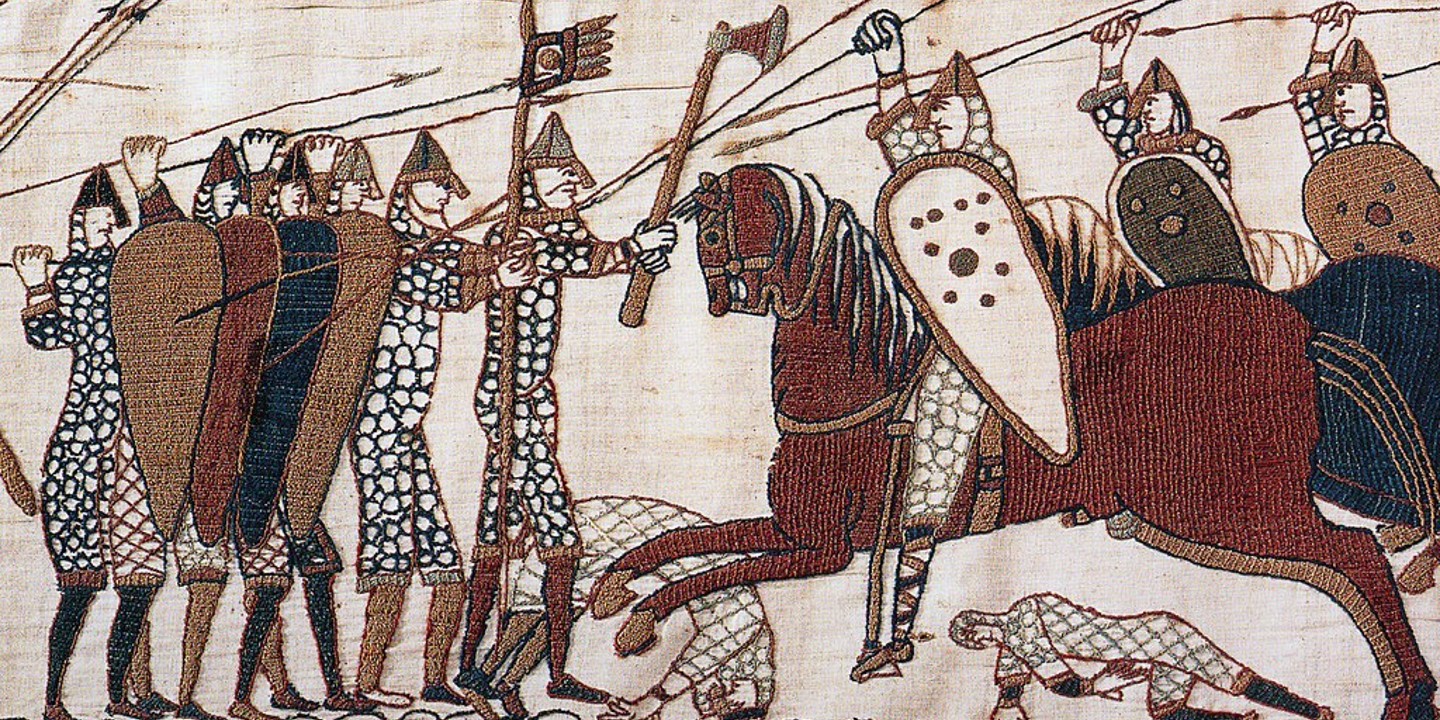
10 of the Shortest Wars in History & 10 of…
Wars: Longest and Shortest. Throughout history, wars have varied dramatically…
By Emilie Richardson-Dupuis Oct 7, 2024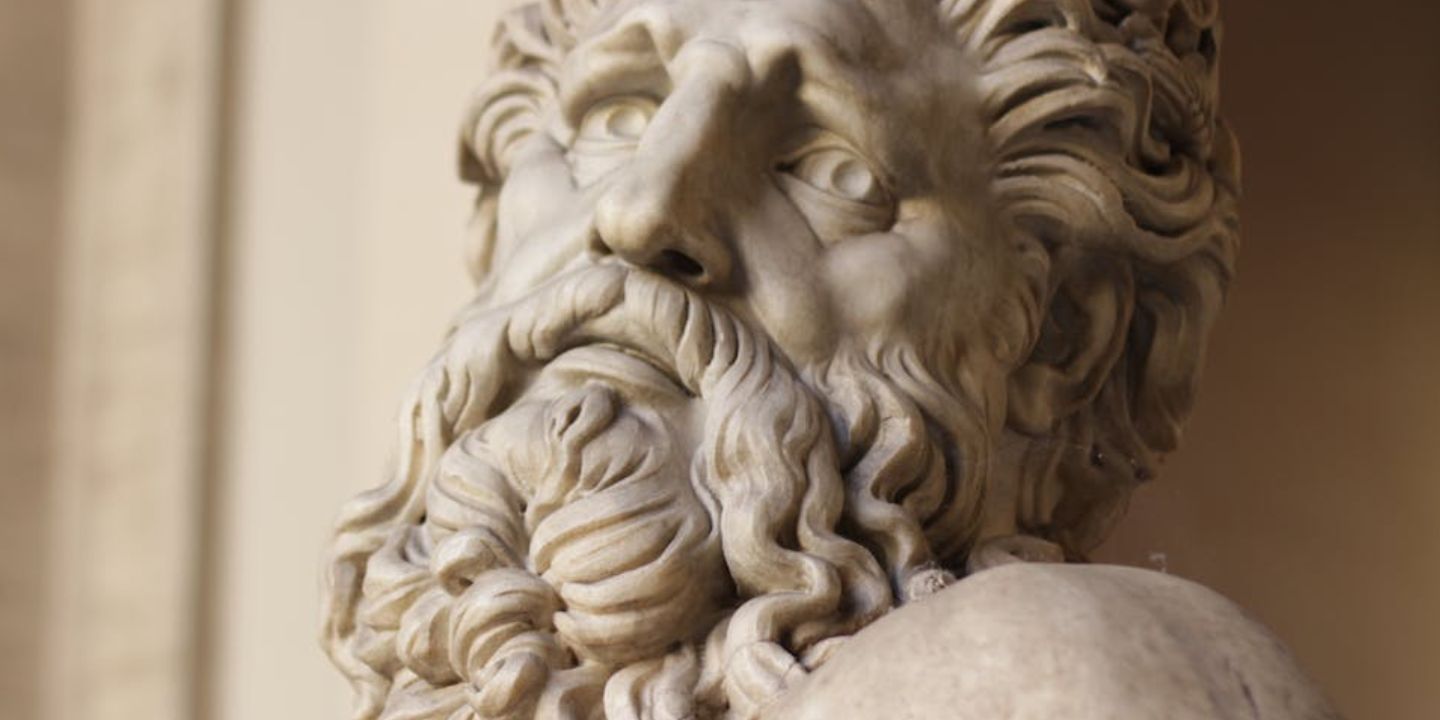
10 Fascinating Facts About Ancient Greece You Can Appreciate &…
Once Upon A Time Lived Some Ancient Weirdos.... Greece is…
By Megan Wickens Oct 7, 2024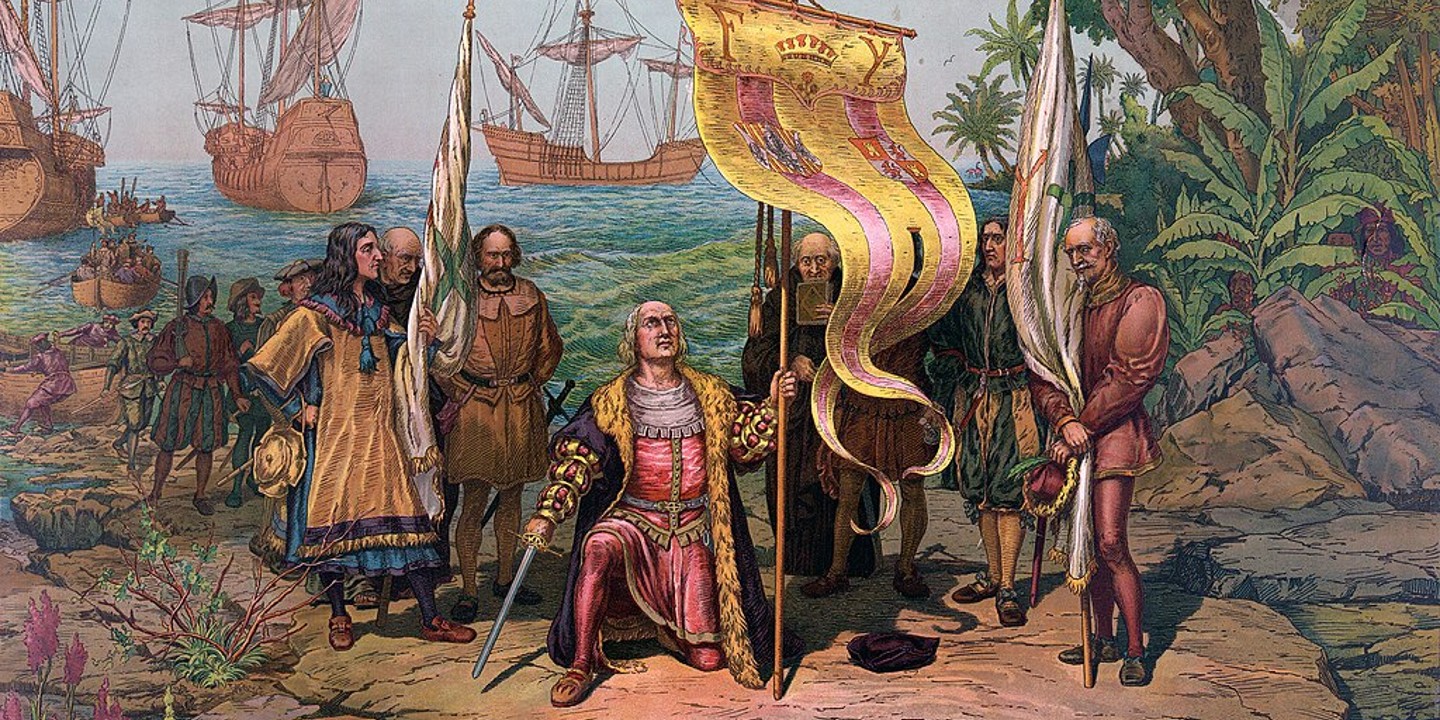
20 Lesser-Known Facts About Christopher Columbus You Don't Learn In…
In 1492, He Sailed The Ocean Blue. Christopher Columbus is…
By Emilie Richardson-Dupuis Oct 9, 2024
20 Historical Landmarks That Have The Craziest Conspiracy Theories
Unsolved Mysteries Of Ancient Places . When there's not enough evidence…
By Megan Wickens Oct 9, 2024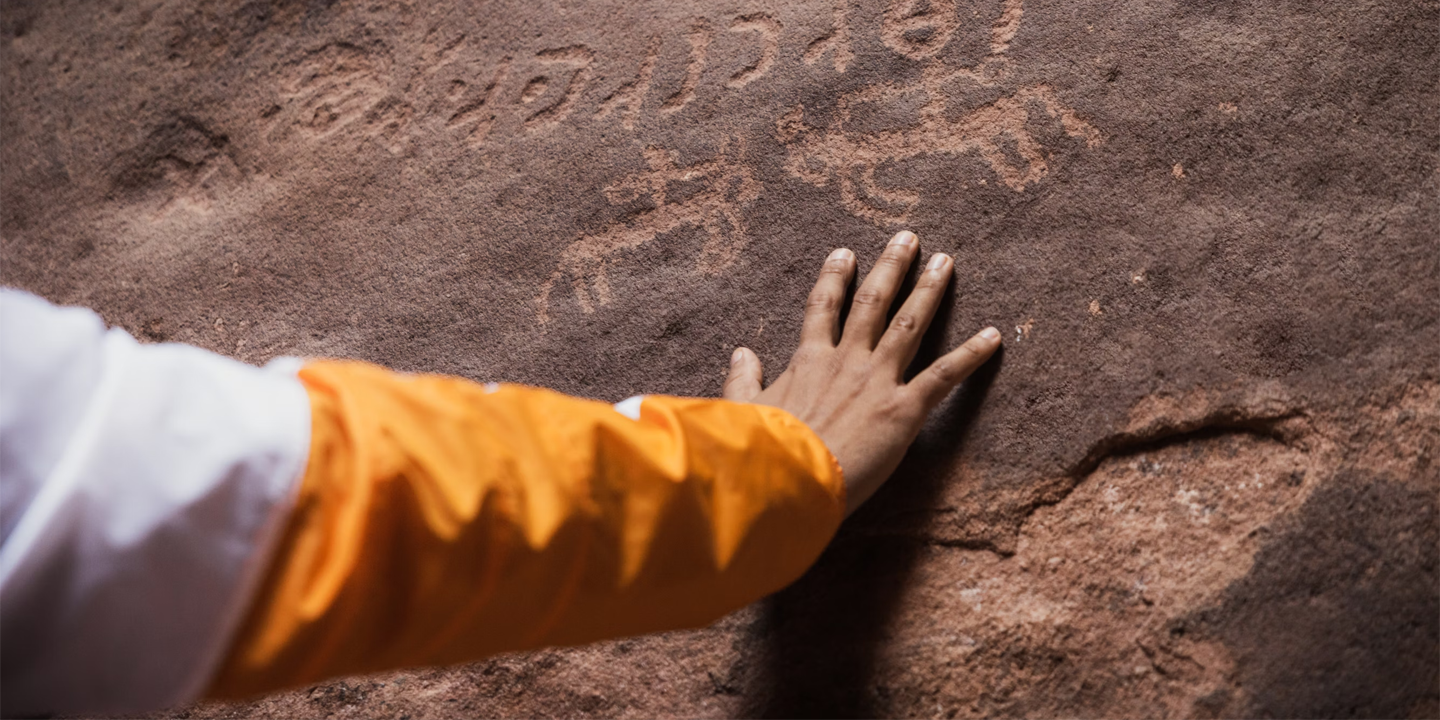
The 20 Craziest Inventions & Discoveries Made During Ancient Times
Crazy Ancient Inventions . While we're busy making big advancements in…
By Cathy Liu Oct 9, 2024
















